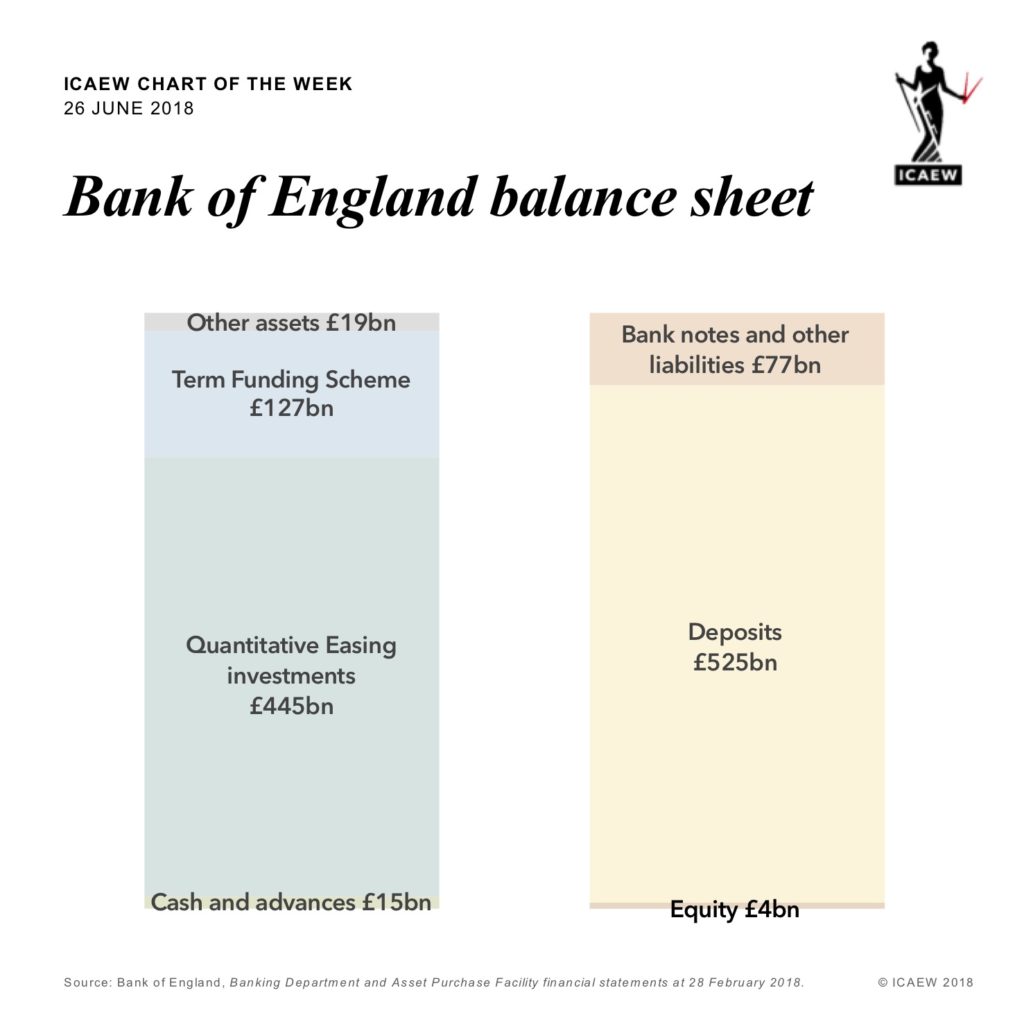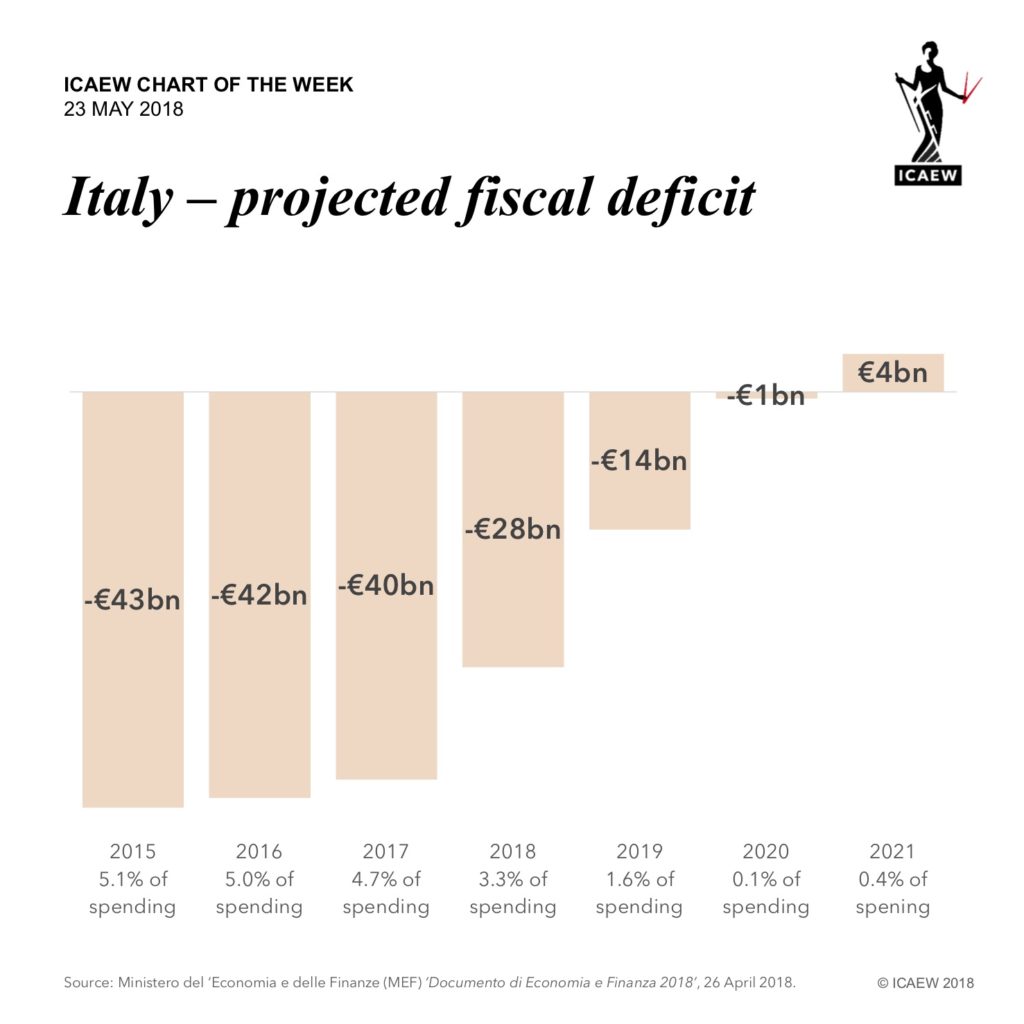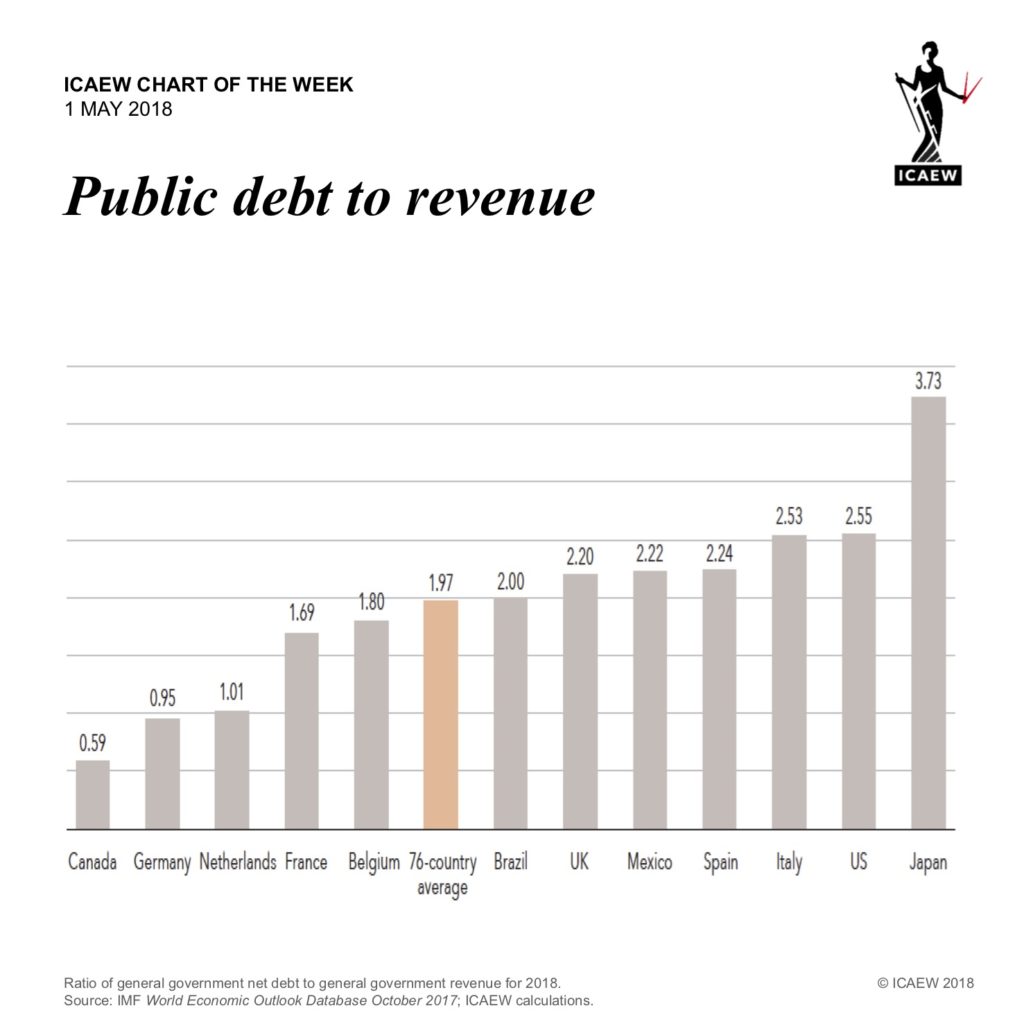Ross Campbell, Director Public Sector, writes:
“Tomorrow we are hosting a joint event at Chartered Accountants Hall with the Fabian Society. Our aim is to explore the challenges facing Labour in realising the aspirations it set out in its 2017 manifesto, at the same time as ensuring sound financial stewardship.
The chief executive of the Fabians, Andrew Harrop, and I have set out some thoughts on how the Labour party can achieve higher public spending and fiscal sustainability, how fiscal and accounting rules can be reformed to support investment and public ownership of assets, and on devolution of the public finances.
Our chart this week touches on this latter question, illustrating the significant geographic imbalances in the UK public finances. As the chart shows London, the South East and the East of England are expected to generate £63bn for the exchequer this year while the other English regions are expected to absorb £63bn, with £37bn needed to fund the shortfall in tax vs. spending in Scotland, Wales and Northern Ireland. The shortfall of £37bn will be funded through borrowing.
Visit https://www.icaew.com/en/about-icaew/act-in-the-public-interest/policy/public-sector-finances/fabians-project to find out more about our collaboration with the Fabian Society
Given the events of recent weeks, it might well be worthwhile paying closer attention to HM Opposition’s fiscal proposals.”









